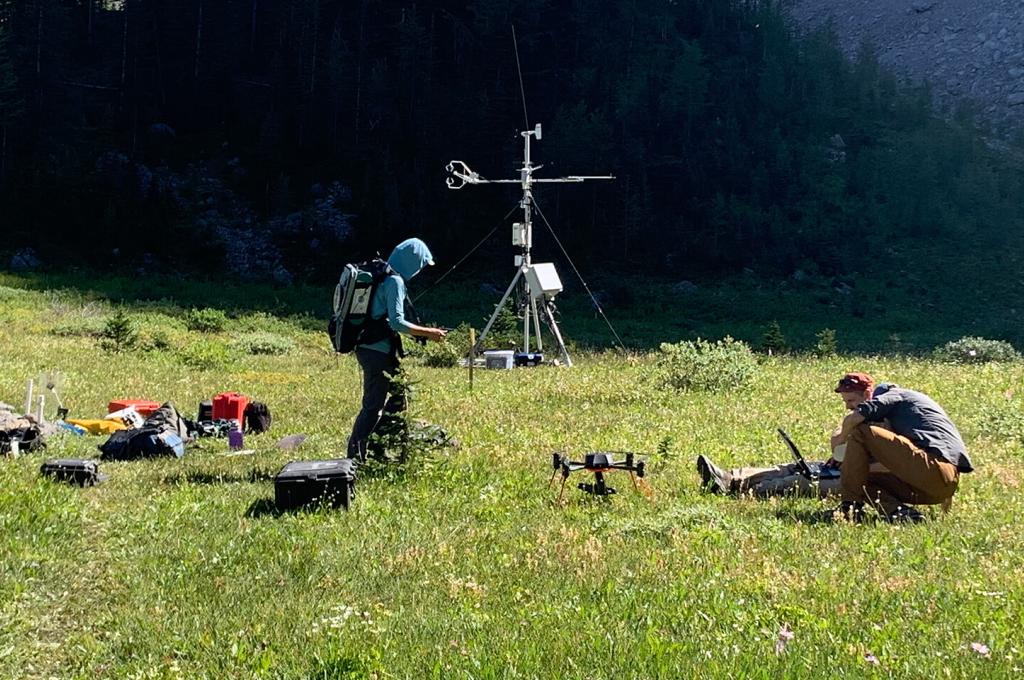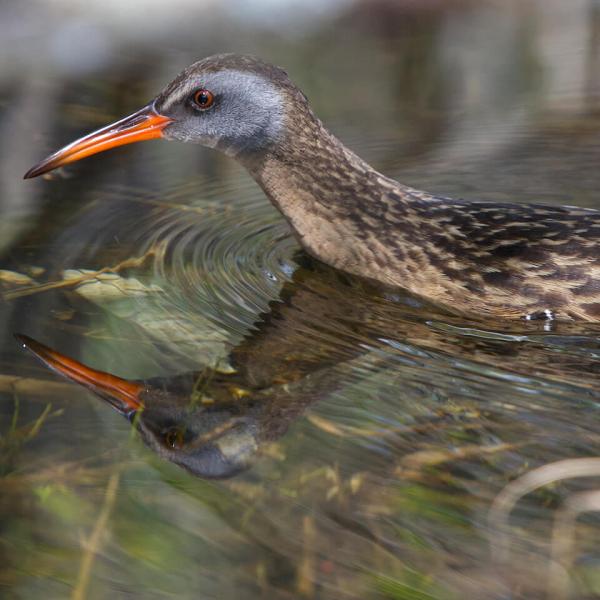
Changing climate and increased contaminants are putting Canada's freshwaters — and people living in Canada — at significant risk. The country continues to warm at twice the global rate at the same time its water needs for irrigation, recreation and industry are growing and impacts of runoff from rural and urban development are mounting.
Harmful algal blooms, toxic contamination, deglaciation, declining snowpacks, reduced lake ice, wildfires, drainage, and increasing temperatures, floods and water shortages are some of what plagues Canada’s aquatic systems.
In the face of all of this, the University of Saskatchewan’s Global Water Futures Observatories (GWFO) are an early warning system for Canada’s impending water crisis and help support solutions for the water disasters that increasingly afflict us.
To do this, researchers at GWFO have access to an integrated, networked facility of 76 instrumented basins, lakes, rivers and wetlands, 27 deployable observation systems, and 31 state-of-the-art water laboratories. The observatories monitor our aquatic systems in unprecedented detail and at the national scale, across seven provinces and territories including six major river basins and the Great Lakes Basin. The program brings together the expertise of nine partner universities to monitor our aquatic systems and find solutions.
For example, in Southwestern Ontario, GWFO will measure levels of soil phosphorus in farming communities to demonstrate how applying fertilizer at the right time of year and using cover crops can reduce runoff into waterways that triggers harmful algal blooms.
Other projects include informing flood and drought forecasting models, measuring the aquatic health of the Great Lakes and measuring the rate of deglaciation in the Canadian Rockies to inform water management decisions.






